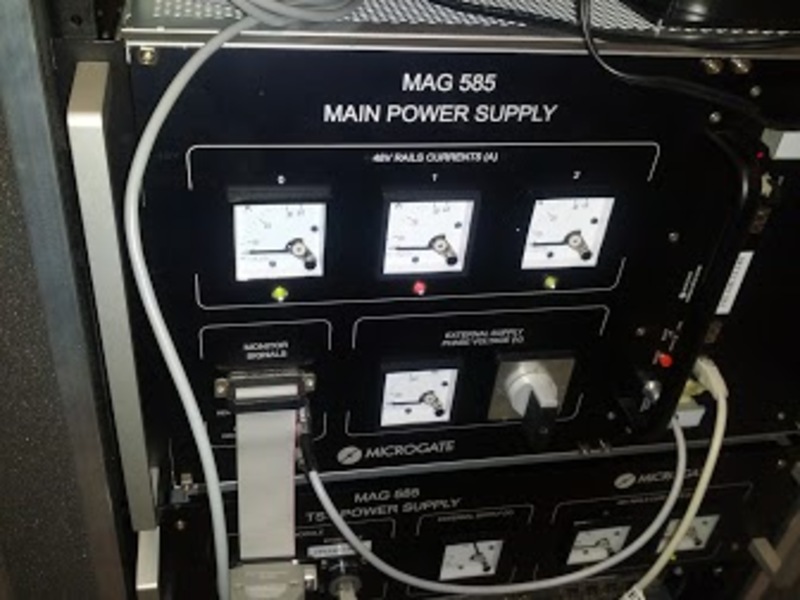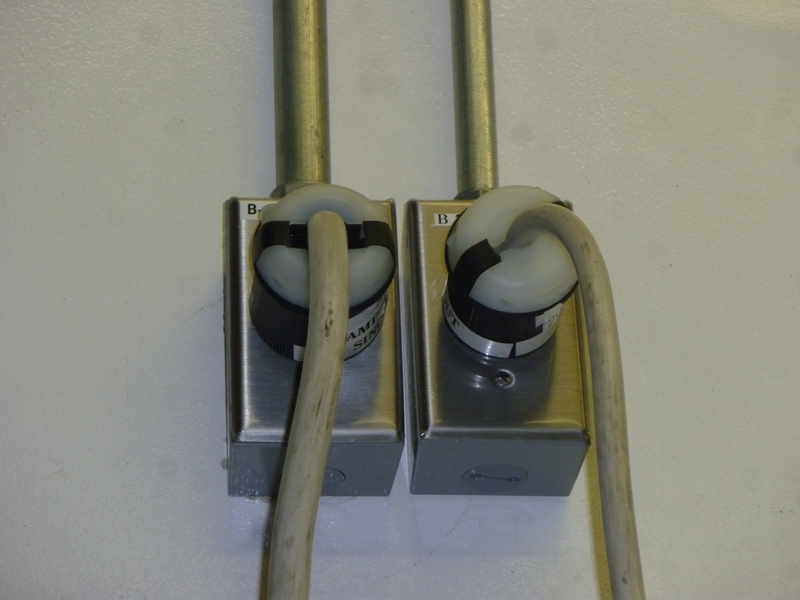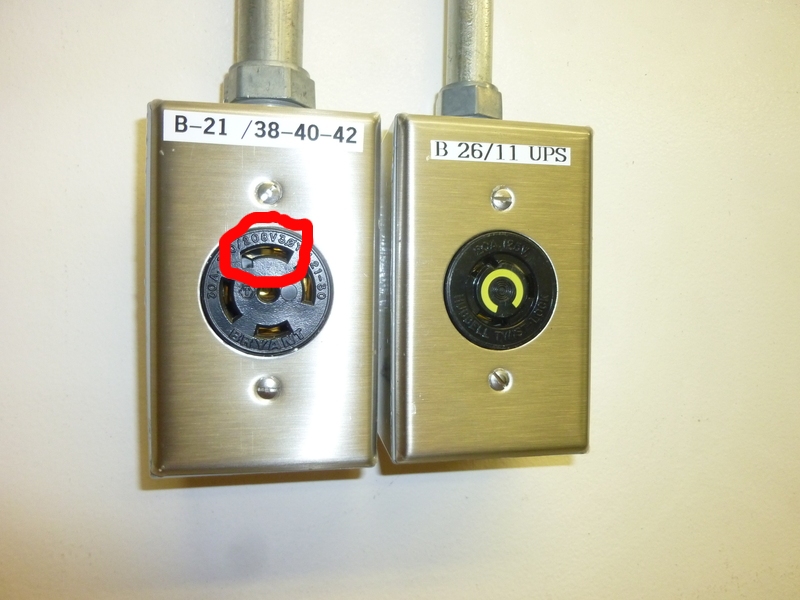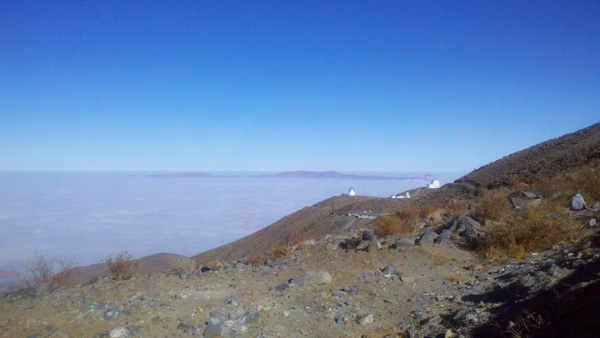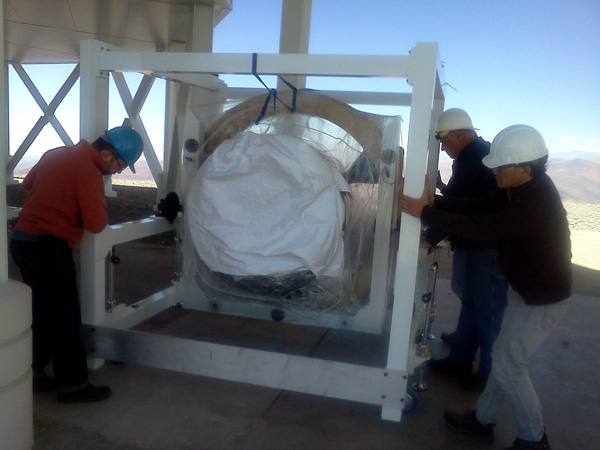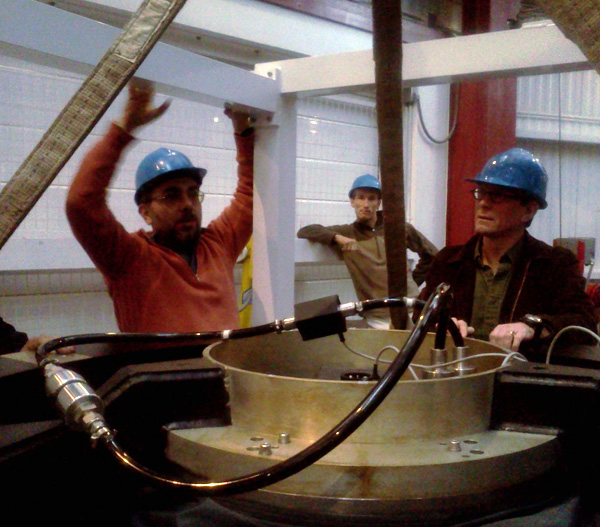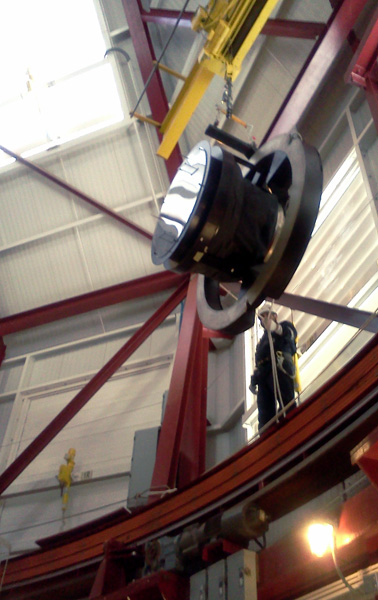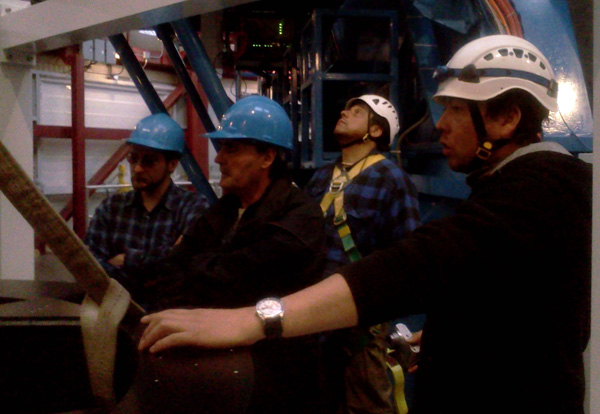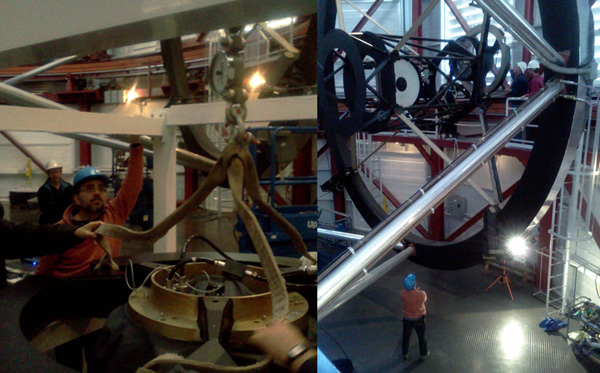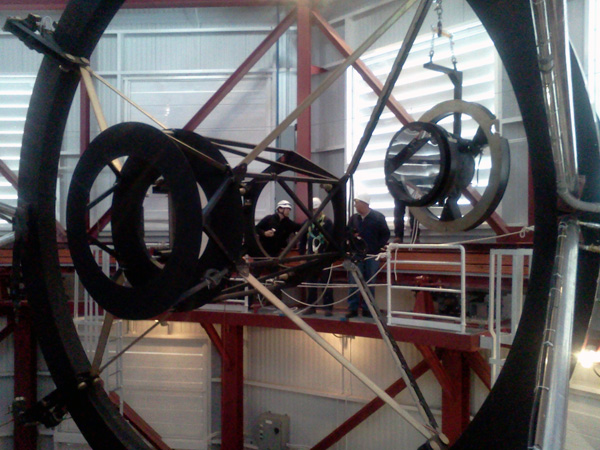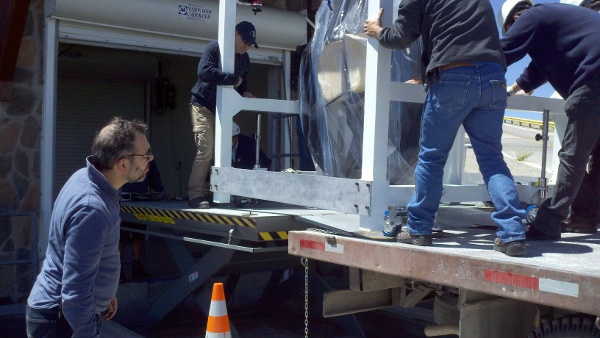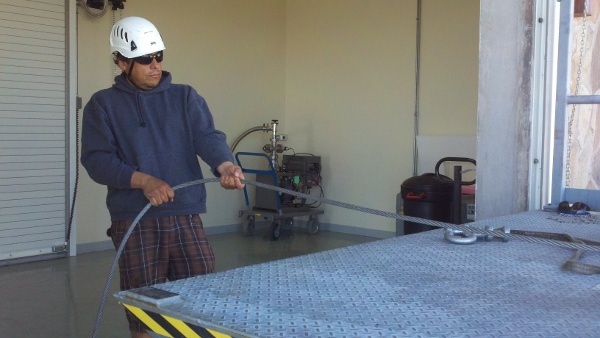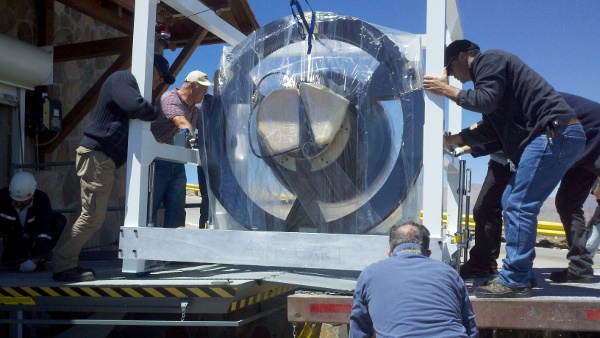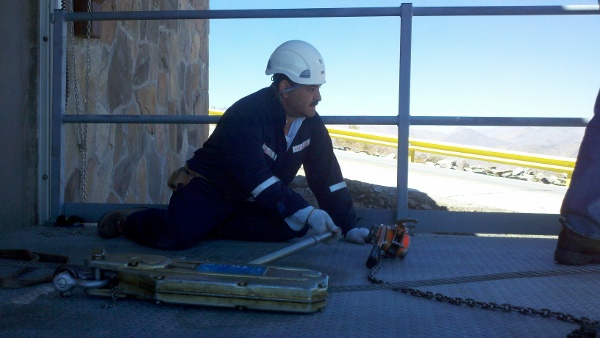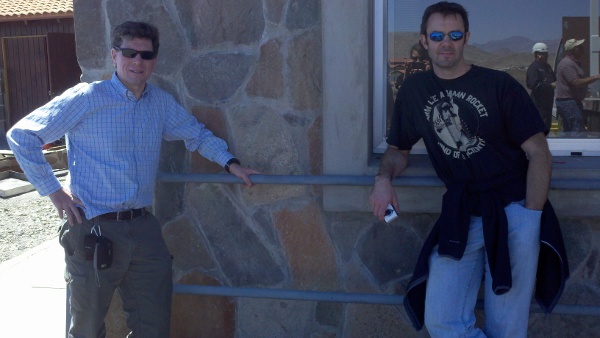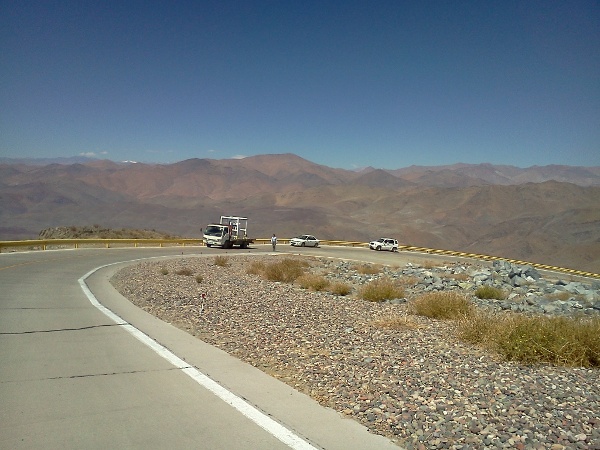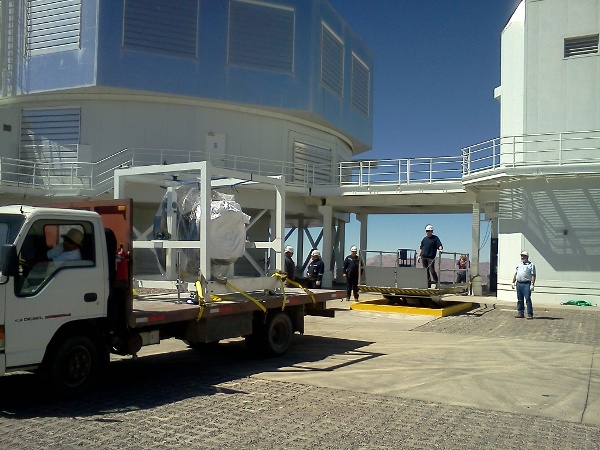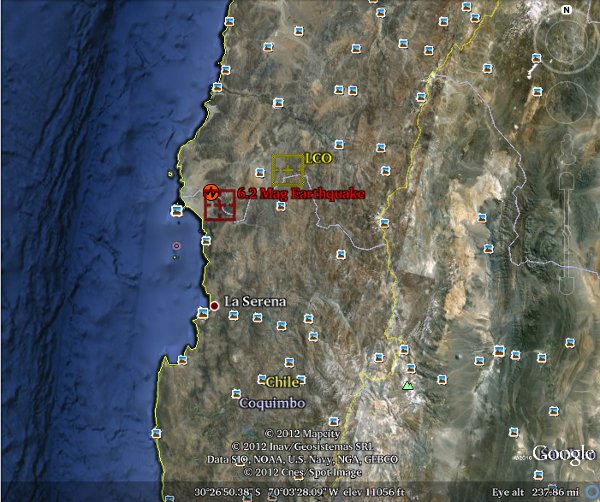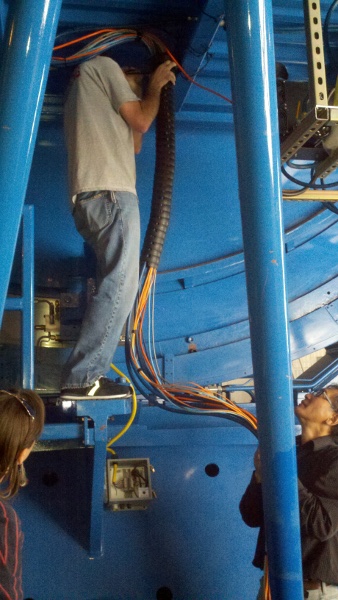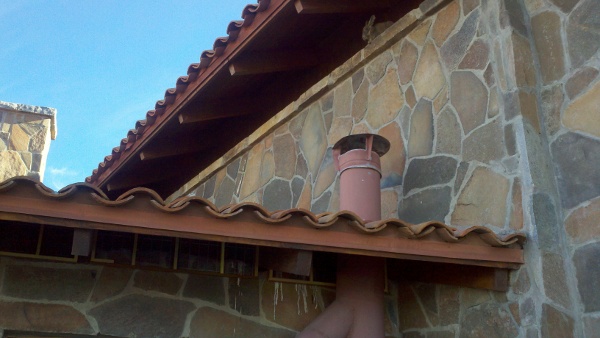Alfio’s here! Despite the flu and flight delays, the captain of our software team made it to Las Campanas. Now we just have to get our system ready for him to operate.
We started the day with a plan, and got most of the way through it, but there was a snag (maybe literally). The main attraction is currently the ASM now that it is at home on the Clay telescope. The first order of business was to correct the 3-phase power connection for the ASM electronics rack, as Marco describes in his post. Once that was done, we connected cooling, power, and data cables to the ASM.
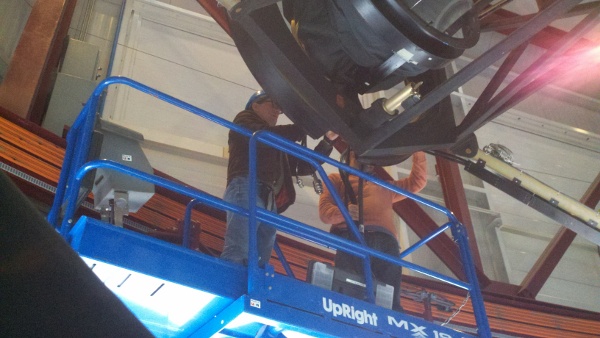


Next was checking the fiber optic network cables between the ASM electronics rack and the ASM itself.

Then we hit a snag – one of our BCUs wouldn’t communicate. There is a bundle of fibers that runs straight from the ASM rack up the mirror, and after much testing we narrowed the problem down to a single fiber. Fibers are delicate, and it’s possible we snagged it yesterday while moving things around in the dome, or a connector might be loose. In any case, without that communications link, the ASM testing is on hold. We have several options for repairing/replacing/bypassing the bad fiber, so we expect to be back at it sometime tomorrow.
While the ASM was getting most of the attention, there was a side show going on in the Aux building. Jared conducted a little surgery on the W-Unit, replacing the famous shutter. The original shutter was getting a little long in the tooth, and was starting to operate a bit slow, so we decided it was time to start fresh.
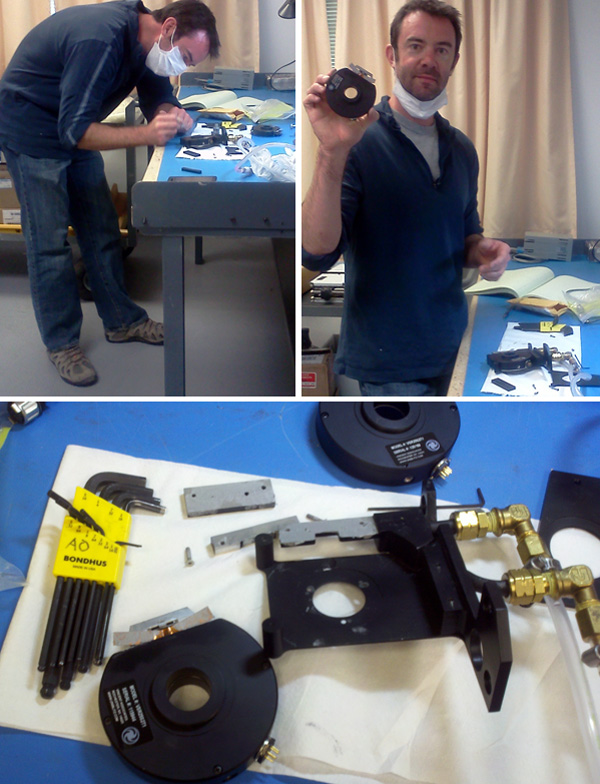
I wasn’t just us – LCO was a happenin’ place today.
Tyson and Jared had quite a breakthrough on the Viscacha front – they saw three at once hanging out at the ASB! Here we thought there were only two – and some doubted that there was more than one.
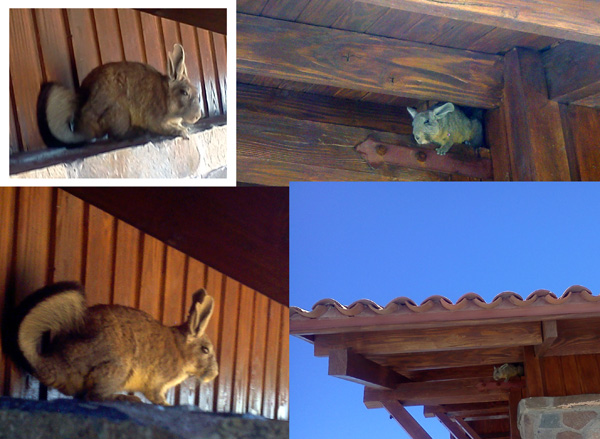
And later, a dog came wandering up the mountain from behind Clay.
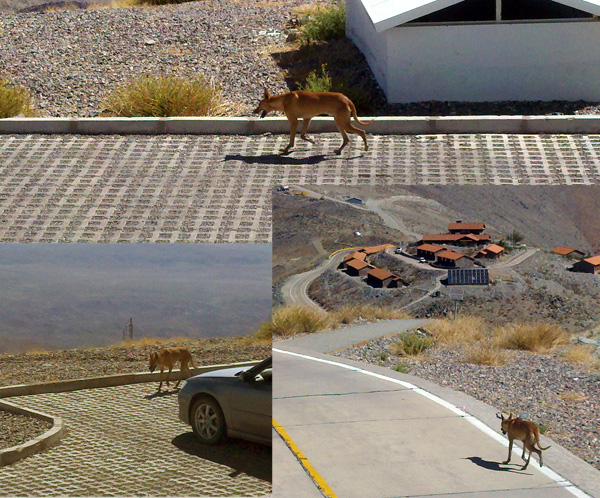
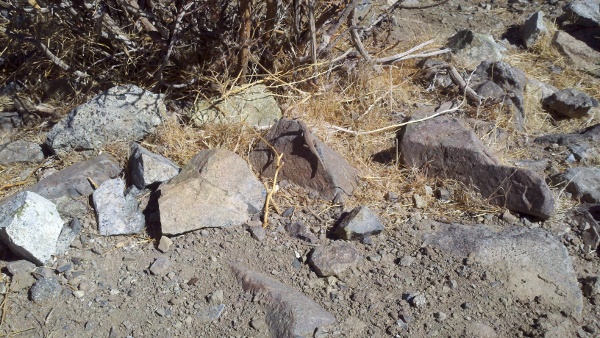
Quotes of the day:
Laird: “We want to use the ladder not the scissor lift. With the scissor lift you can hurt the telescope, whereas with the ladder you can only hurt yourself.”
Povilas: “And that’s the way we like it. OK so we also don’t want you to hurt yourself.”
Armando: “In Italy, between allowed and forbidden, there are several layers.”
Though we didn’t get as far as we wanted today, we are still basically on schedule, and the beautiful LCO sky gave a nice show after dinner.





